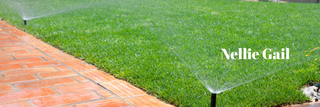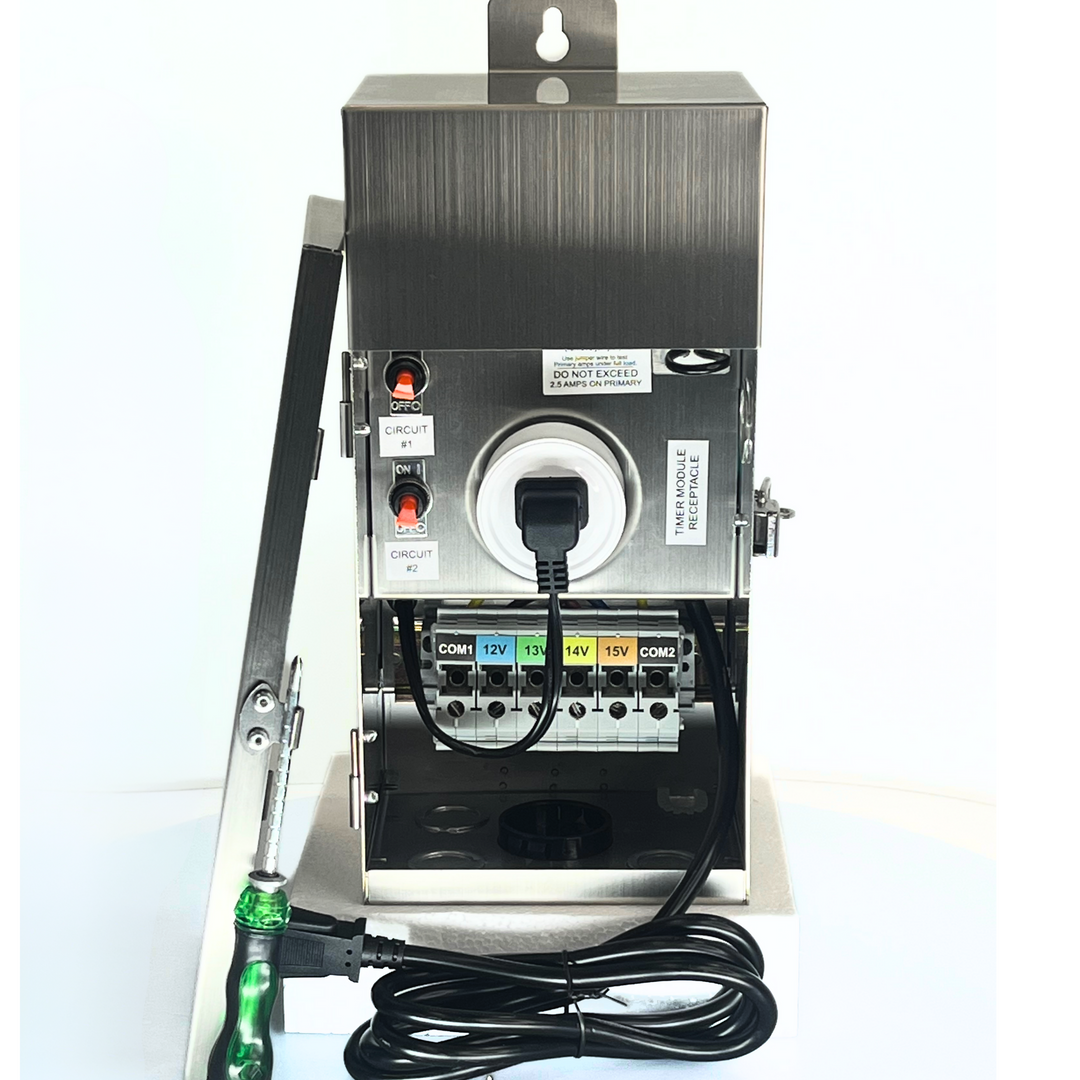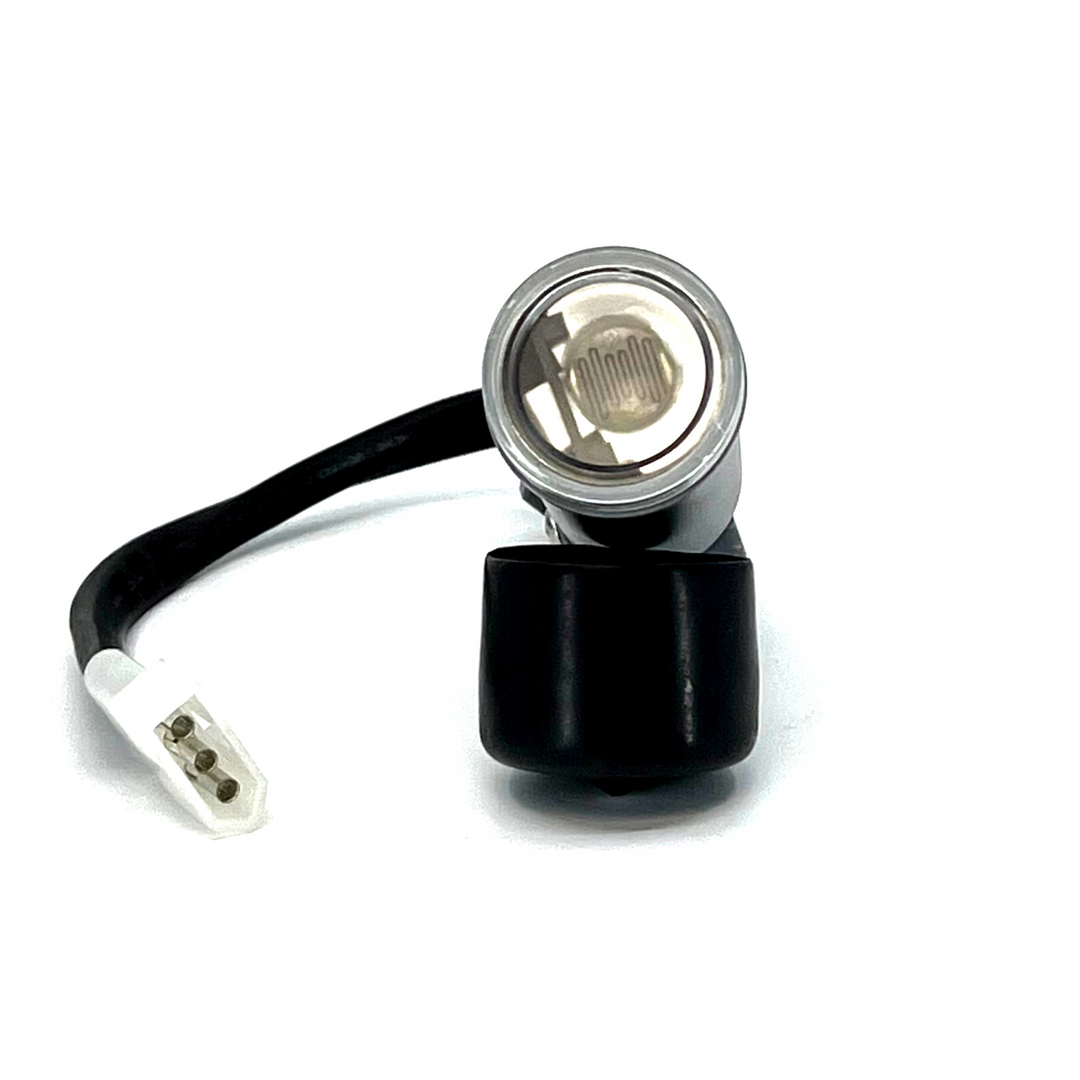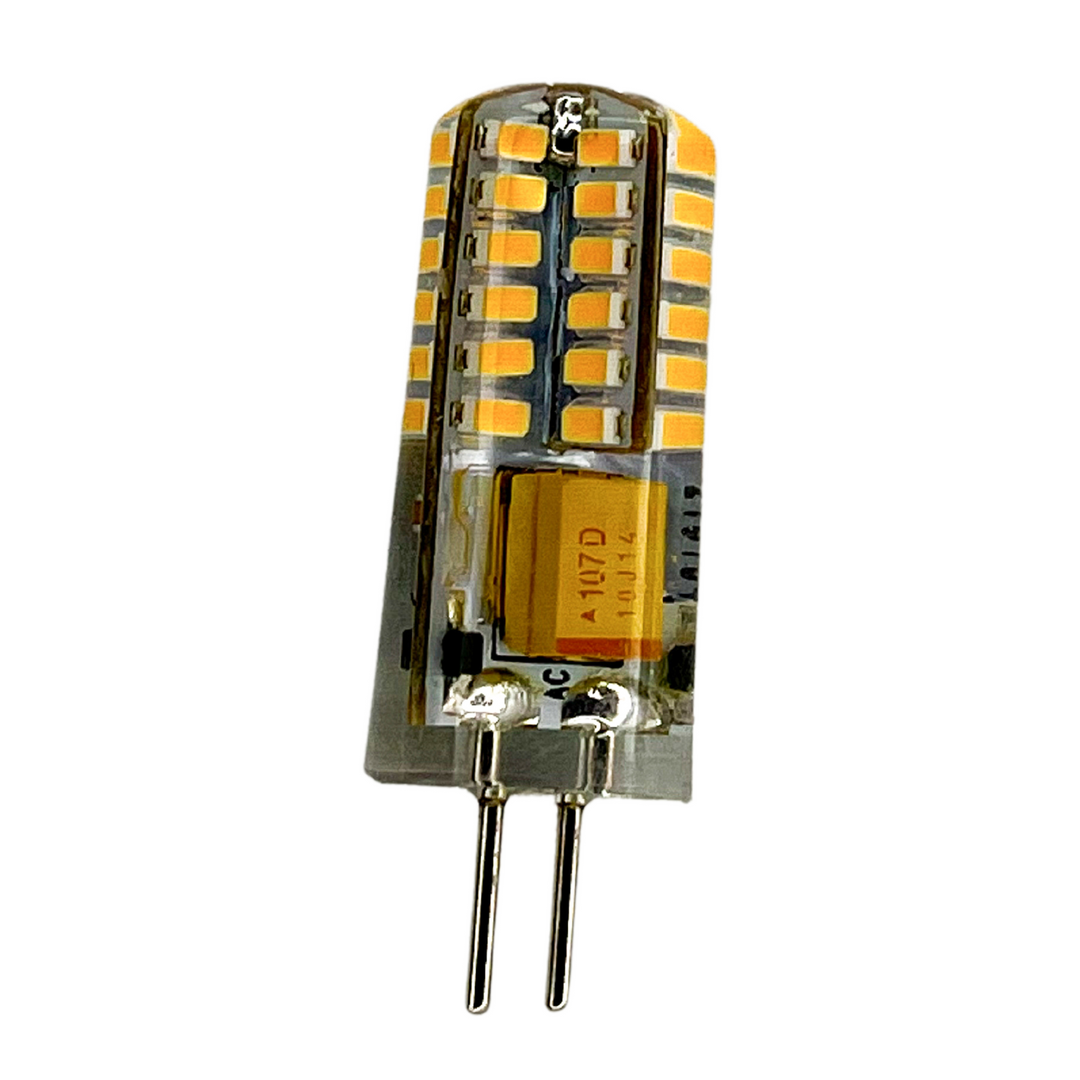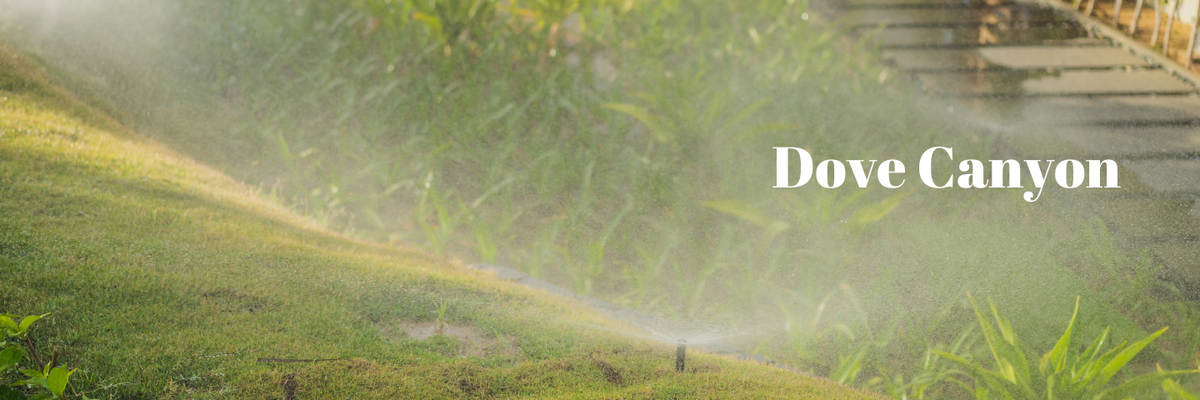
Get Your System Ready for the Upcoming Season in Dove Canyon
|
|
Time to read 6 min
As Dove Canyon residents welcome the warmer months, now is the perfect time to prepare your sprinkler system for the season ahead. After a quiet winter, irrigation systems need thoughtful attention to ensure they're running smoothly and efficiently. When left unchecked, even minor issues from colder weather can lead to bigger problems—wasting water, damaging landscapes, or driving up utility bills.
Winter can be harsh on sprinkler systems. Even in areas like Dove Canyon, where freezing temperatures are rare but possible, underground pipes and exposed components are vulnerable. Moisture left inside the system may freeze and expand, leading to cracked pipes or broken valves. Meanwhile, fallen leaves, dirt, and other debris settle around sprinkler heads, obstructing water flow and coverage. Without a seasonal checkup, homeowners risk turning on a system that can cause more harm than good.
Getting Ready in Dove Canyon Starts with a Close Look
Before flipping that sprinkler switch for the first time, a thorough inspection can make all the difference. Start by walking around your property and examining visible components. Look for obvious signs of damage—cracks in piping, leaking valves, or misaligned sprinkler heads. These are often early indicators that something went wrong during the off-season.
Pay attention to areas where the ground appears too dry or overly damp, as this may signal an underground leak. Sprinkler heads that are tilted, buried, or not extending properly are also red flags. Even if everything appears in working order on the surface, these small issues can lead to uneven watering and poor system performance.
Clear the Way for Smooth Operation
During winter, it’s common for debris to accumulate around sprinkler heads and in valve boxes. Leaves, mud, and even insects can clog nozzles or interfere with mechanical parts. Take time to clean each head by gently brushing away any obstructions. Avoid using sharp tools that could damage the nozzles or threads.
Once the area is clear, flushing your system is a smart next step. Running water through the lines helps remove any sediment, lingering ice, or air pockets. This also gives you a chance to observe the system’s behavior before applying full water pressure. If you notice sputtering, erratic spray patterns, or delays in pressure build-up, these could be signs of blockages or air trapped in the lines.
Test the System with Care
After everything is cleared and checked, it's time for a controlled test run. Activate the sprinkler system manually and observe each zone as it cycles. Focus on water coverage—are all the designated areas being reached evenly? Is water pooling in certain spots or missing others entirely?
Sometimes sprinkler heads may shift slightly during the winter months. A quick adjustment to their angles or height can restore balanced coverage. Also, keep an eye out for heads that aren’t retracting properly or seem to be leaking. These components may need replacement or minor repairs.
Another important aspect to monitor is water pressure. If it’s too low, your lawn may not get the hydration it needs. If it’s too high, you risk damaging delicate plants and system components. Use a simple pressure gauge at a hose bib to ensure the PSI falls within the recommended range—typically between 40 and 60 PSI for residential systems.
Modern Solutions Make a Big Difference
While preparing your system for spring, consider upgrading to smarter irrigation technology. New sprinkler controllers can adjust watering schedules based on weather forecasts, seasonal changes, or soil moisture levels. These tools are especially useful in Dove Canyon, where climate conditions can shift quickly during the spring and summer months.
Rain sensors are another worthwhile investment. When installed properly, they detect rainfall and pause your system to prevent unnecessary watering. This not only saves water but helps maintain compliance with any local watering regulations.
Pressure-regulated sprinkler heads are also gaining popularity. These heads ensure consistent water output, even in areas of your yard that sit at different elevations or receive varied pressure. With more control over how water is distributed, you can reduce waste and improve lawn health at the same time.
Plan Ahead with Preventive Maintenance
An efficient irrigation system isn’t just about turning it on once a year and hoping for the best. Like any mechanical setup, it needs occasional tune-ups to stay in top form. That’s why scheduling seasonal maintenance is a smart move. Early spring and late summer are excellent times to assess performance and make necessary adjustments.
Regular maintenance includes inspecting timers and electrical connections, checking for wear in seals and gaskets, and ensuring valves open and close properly. These may seem like small details, but catching issues early can prevent unexpected breakdowns in the middle of a heat wave.
Even something as simple as cleaning or replacing a clogged filter can dramatically improve water flow and prevent damage down the line. Don’t overlook these routine tasks—they often cost far less than major repairs caused by neglect.
Being Water-Wise in Dove Canyon
Water conservation is more than just good practice; it’s a community responsibility. Homeowners in Dove Canyon are encouraged to be mindful of how and when they water their landscapes. With rising concerns about drought and local water supply, many areas now have seasonal watering guidelines in place.
These guidelines often include limitations on watering days and times to reduce waste during peak sunlight hours. Some restrictions apply to how many minutes each zone can run or how often per week watering is allowed. Staying informed and adjusting your irrigation schedule accordingly helps conserve resources and supports regional sustainability efforts.
Smart sprinkler systems make compliance much easier. With programmable features, weather tracking, and moisture sensing, your system can do the heavy lifting—automatically adjusting for seasonal conditions and cutting back when nature provides enough moisture.
Frequently Asked Questions: Sprinkler Prep in Dove Canyon
How do I know if my sprinkler system needs a professional inspection?
If you notice inconsistent watering, unexplained wet spots, or unusually high water bills, it may be time to call a professional. Sprinkler systems have underground components that can malfunction without visible signs. Annual inspections help detect hidden issues like valve leaks or controller errors that may not be obvious during a surface-level check.
Can I use my sprinkler system during light rain in Dove Canyon?
While your system may still operate during light rain, it’s not advisable. Watering during rainfall wastes water and may cause overwatering, which harms your lawn and plants. Installing a rain sensor will automatically pause irrigation during wet weather and resume when conditions are dry again. This feature helps maintain healthy landscapes while conserving water.
What should I do if some sprinkler heads aren’t popping up?
Sprinkler heads that fail to rise could be blocked by dirt or debris, or they may have mechanical damage from winter freezing. Gently clear the area around the head and check for obstructions. If the head remains stuck, it may need to be replaced. Consistent issues across multiple zones may indicate a larger problem with water pressure or system design.
How often should I update or replace sprinkler components?
Most sprinkler heads and valves last several years with proper care, but parts exposed to the elements may degrade faster. Consider updating older components every 5 to 7 years, especially if you're noticing inefficiencies. Advancements in sprinkler technology make it easier than ever to upgrade to more precise and water-saving systems.
Is it okay to turn on my sprinkler system in early spring if nights are still cool?
It depends on the temperature. If nighttime lows consistently stay above freezing, it's generally safe to activate your system. However, if you turn it on too early and temperatures drop again, water inside the pipes may freeze and cause damage. Waiting until the weather stabilizes in Dove Canyon ensures safer startup conditions.
How can I reduce water waste without sacrificing lawn quality?
Efficient watering comes from using smart irrigation methods rather than simply cutting back. Focus on watering early in the morning, using a controller that adjusts based on weather, and ensuring even distribution. Grouping plants with similar watering needs and upgrading to high-efficiency nozzles also helps reduce runoff and maximize moisture absorption.
Taking the Right Steps Today Pays Off Tomorrow
Waiting until midsummer to find out your sprinkler system isn’t working properly can lead to frustration, damaged landscapes, and avoidable expenses. Early preparation is the best way to avoid those setbacks and ensure your yard stays green and healthy through the dry season.
Getting your sprinklers ready in Dove Canyon doesn’t have to be a chore. With a careful inspection, a bit of cleaning, and perhaps a few modern upgrades, you’ll set the stage for efficient, worry-free watering all season long. And with the added benefit of using water more responsibly, your efforts go beyond your lawn—they help preserve the natural beauty of your entire community.









